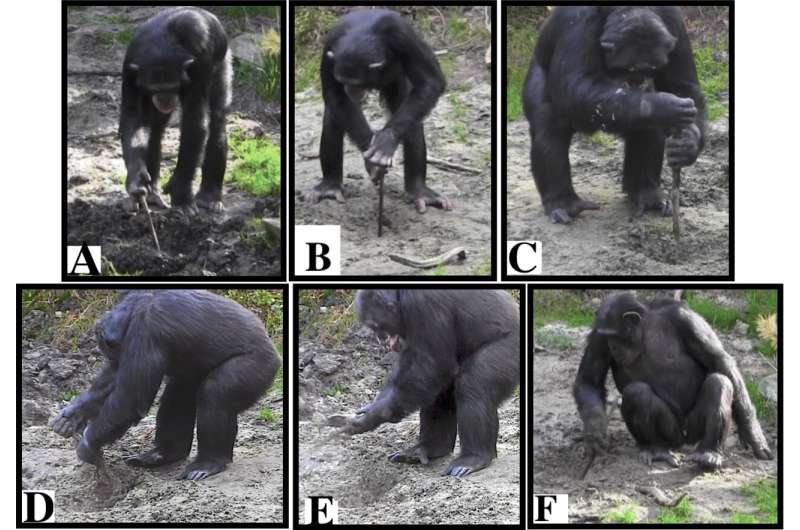

Chimpanzees sleep alone in separate nests except for infants or juvenile chimpanzees, which sleep with their mothers. The chimpanzee builds a sleeping nest in a tree in a different location each night, never using the same nest more than once. The chimpanzees receive their diets mostly outdoors either in their habitat or on a trough (like a table) outside of their habitats. The chimpanzee has an advanced cognitive map of its home range and can repeatedly find food.

The labels help staff weigh out and distribute the diets. Each chimpanzee troop has a labeled bucket marked with the number of family members.She does this by looking at caloric intake and considering things like age and activity level. Chimp Haven’s veterinarian helps decide what each chimp group eats to maintain a happy and healthy colony.There are an estimated 140,000 central chimpanzees / 181,000-256,000 eastern chimpanzees / 18,000-65,000 western chimpanzees / 6,000-9,000 Nigeria-Cameroon chimpanzees. Most Monkey species though wait until the dry season when their other sources of food have disappeared. Observers have recorded about 80 totally different objects wild chimps eat, together with seeds, fruit, leaves, bark, honey, flowers, and bugs. Twigs and dry bark may be part of the diet as well. Three of the typical chimp weight loss plan comes from meat, which is an example of chimps eat meat. Last year the colony went through 200,000 pounds of produce! How many pounds of produce do you think your family ate last year? All sub-species of chimpanzee are Endangered except the western chimpanzee which is Critically Endangered. However, most chimps do not eat such meaty treats usually.The first time the colony received it they didn’t know what it was! It became a resident favorite once they realized it was edible. The chimpanzees may receive novel fruit treats like kiwi.Chimp Haven sources local seasonal produce, and also grows its own with fruit trees and a greenhouse.The chimpanzees don’t get human treats like pizza and ice cream in their diets, but they may receive sugar-free popsicles or natural fruit snacks.If you just give all their food in a bowl, they will be done. At Chimp Haven the chimpanzee diet is made up of chow (a chimp protein biscuit), leafy greens (like kale), non-leafy greens (like cucumbers), starches (like potatoes), fruits (like bananas!), forage (like nuts and seeds), and sometimes food enrichment. In captivity it is also very important that your monkey is busy all the time to avoid boredom. One possible explanation could be that amount of food, composition of diet and metabolic rate are unique to each individual even in captivity.



 0 kommentar(er)
0 kommentar(er)
